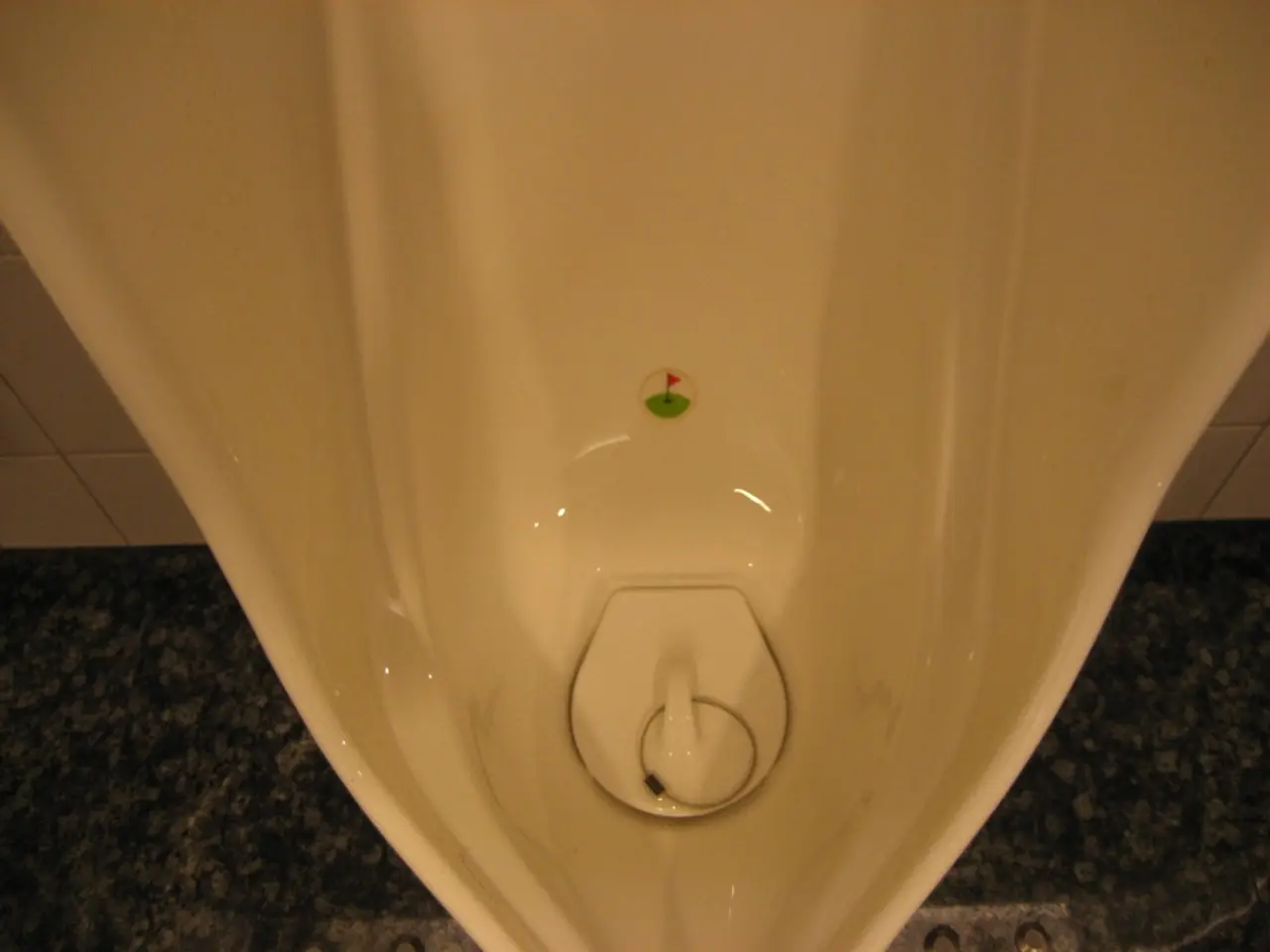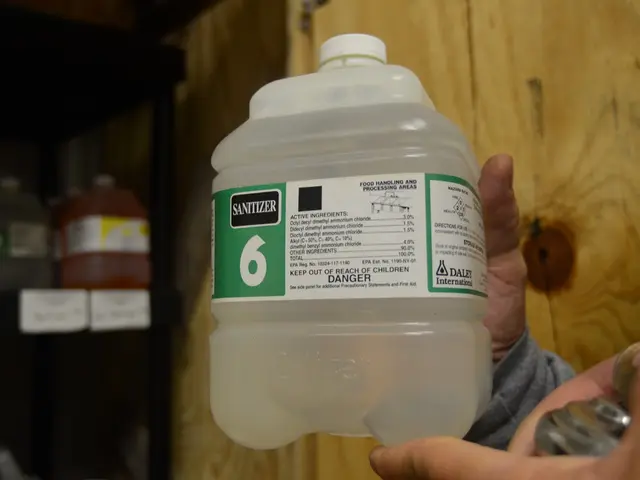Prostate stimulation (manual massage): Explanation and steps for performing it
In the realm of male health practices, prostate milking, also known as prostate massage, has gained attention for its potential benefits and controversial nature. This article aims to provide a clear and straightforward overview of the practice, its associated health benefits and risks, and some key considerations for those considering it.
Prostate milking involves the manual stimulation of the prostate gland, either through the rectum or perineum. The motivation behind this practice can vary, ranging from potential health benefits to sexual pleasure.
One of the key health benefits associated with prostate milking is its potential impact on prostate health. By promoting drainage of prostatic secretions, prostate milking may help alleviate discomfort caused by prostatitis (inflammation or infection of the prostate) or benign prostatic hyperplasia (BPH). Regular ejaculation, which can be facilitated by prostate milking, has been suggested to reduce the risk of prostate cancer by helping flush out carcinogens and prostate secretions.
However, prostate milking is not without risks. The practice can introduce bacteria into the prostate or urethra, potentially causing or worsening prostatitis or urinary tract infections if not done hygienically or if there is an existing infection. Improper technique or excessive pressure during prostate milking may also cause prostate or rectal injury, pain, or bleeding.
It's important to note that prostate milking is not a substitute for medical treatment. While it may offer some symptom relief in certain prostate conditions, it is not a cure for prostate cancer, prostatitis, or chronic pelvic pain syndrome. Consulting a healthcare provider before starting prostate milking is recommended, especially for individuals with existing prostate issues.
Despite the controversies surrounding prostate milking, it has a long history, dating back to at least ancient times. The practice has been used therapeutically, with some preliminary studies suggesting potential benefits for men with chronic prostatitis or BPH. However, more research is needed to fully understand the practice's effects and risks.
In conclusion, prostate milking can offer symptom relief in certain prostate conditions and may support prostate health through improved drainage and sexual function. However, it carries risks of infection and injury if performed incorrectly or when infection is present. It is not a standalone treatment for serious prostate diseases like cancer or acute prostatitis and should be approached with proper knowledge and hygiene. Consulting a healthcare provider before starting prostate milking is strongly advised, especially for individuals with existing prostate issues.
- Prostate milking, a practice with potential benefits and controversy, involves manual stimulation of the prostate gland, either through the rectum or perineum.
- Some individuals may seek this practice for health benefits or sexual pleasure, as one possible advantage is its potential impact on prostate health.
- Regular prostate milking may help alleviate discomfort caused by prostatitis or benign prostatic hyperplasia (BPH) by promoting drainage of prostatic secretions.
- However, the practice carries risks, such as introducing bacteria, causing or worsening prostatitis or urinary tract infections, or causing prostate or rectal injury.
- Prostate milking should not be considered a substitute for medical treatment; it is not a cure for prostate cancer, prostatitis, or chronic pelvic pain syndrome.
- Before starting prostate milking, it is advisable to consult a healthcare provider, especially for individuals with existing prostate issues.
- The practice has a long history, dating back to ancient times, and some preliminary studies suggest potential benefits for men with chronic prostatitis or BPH, but more research is needed.
- It is important to approach this practice with proper knowledge and hygiene, understanding that it may support prostate health through improved drainage and sexual function, but carries risks of infection and injury if performed incorrectly or when infection is present.








